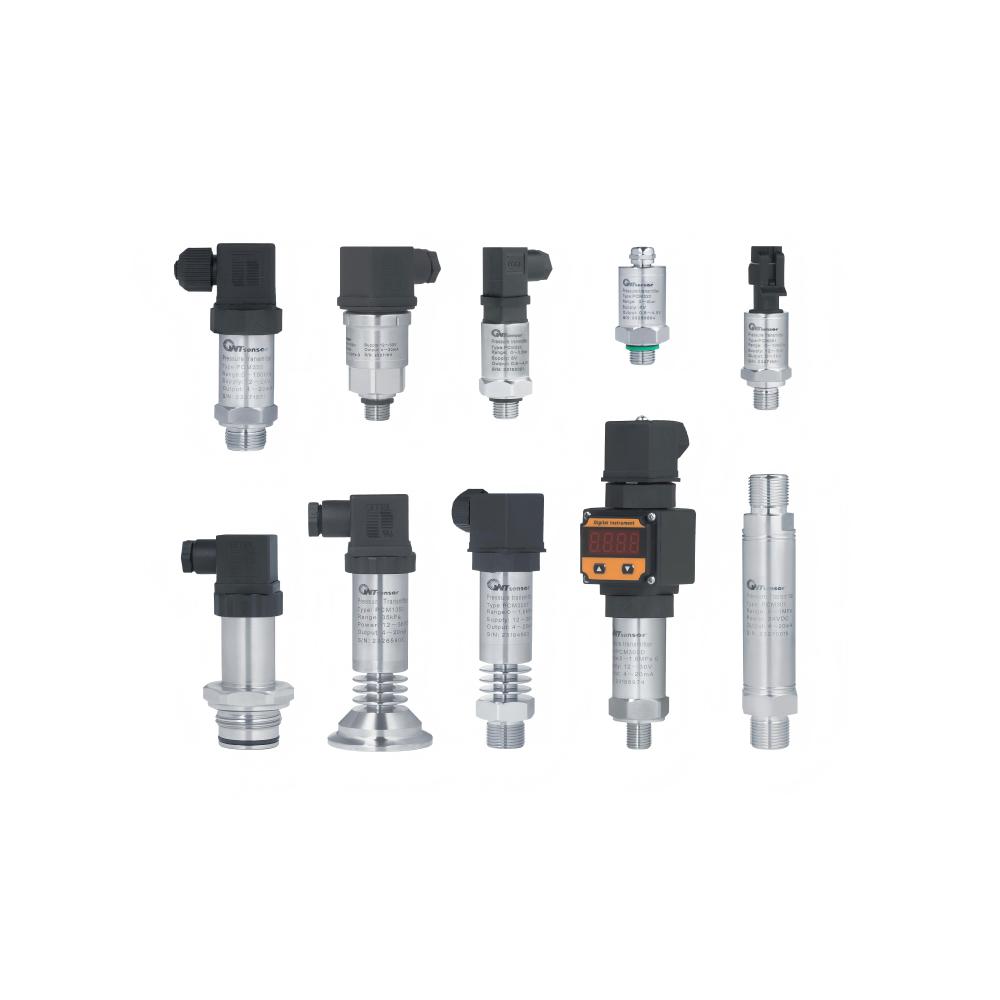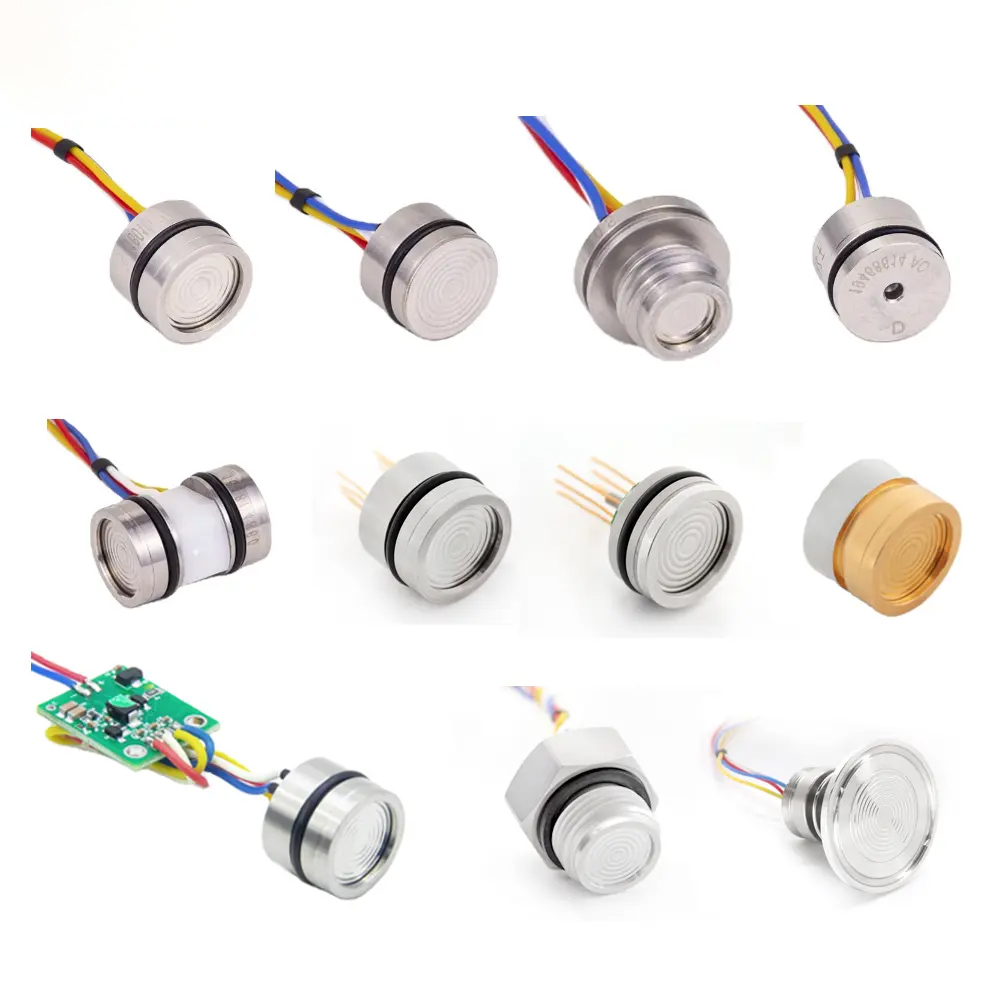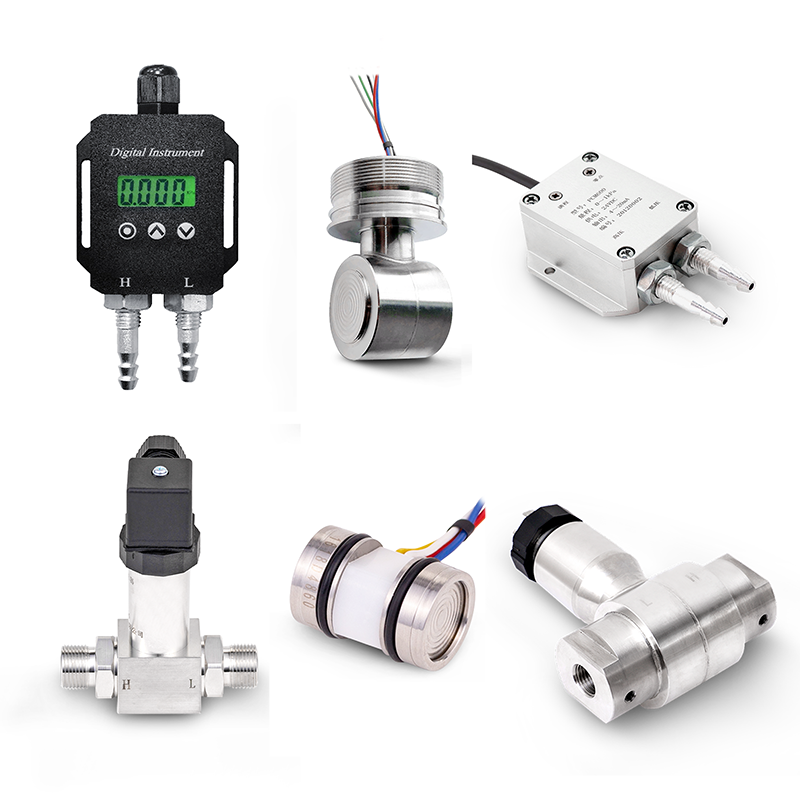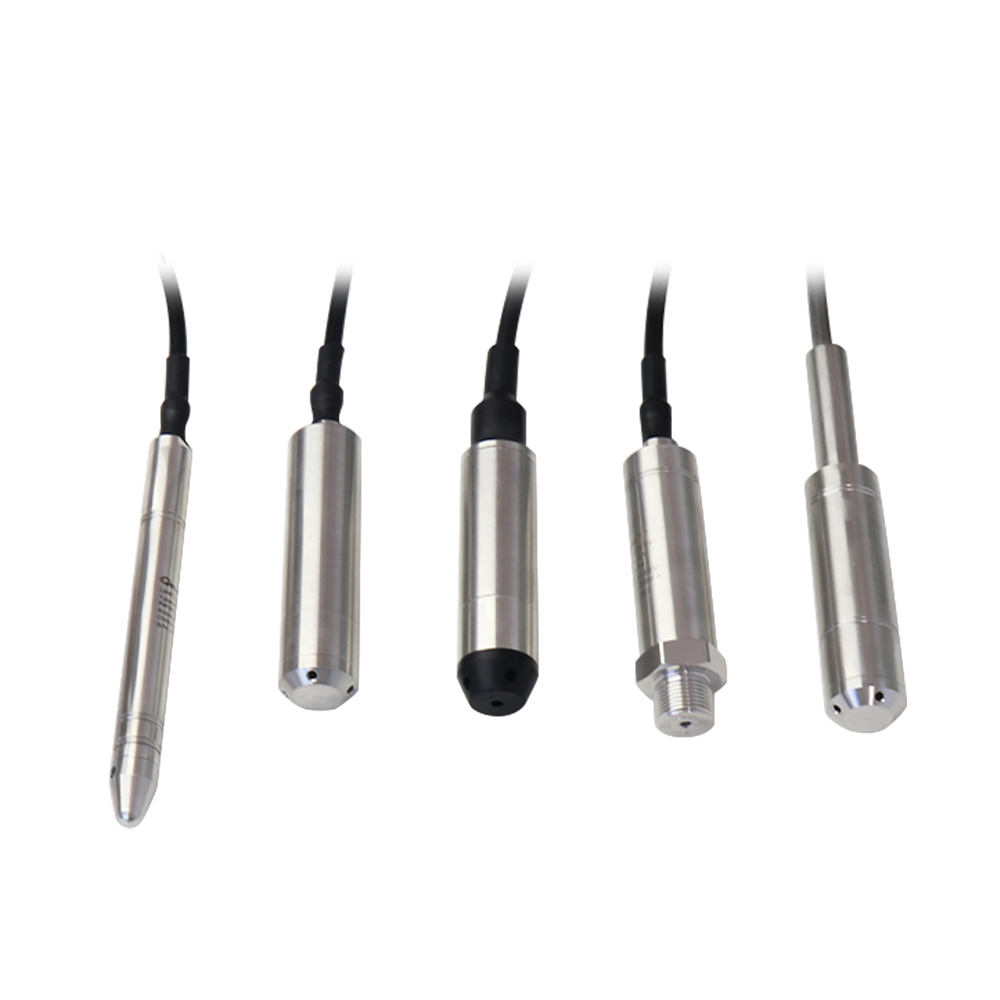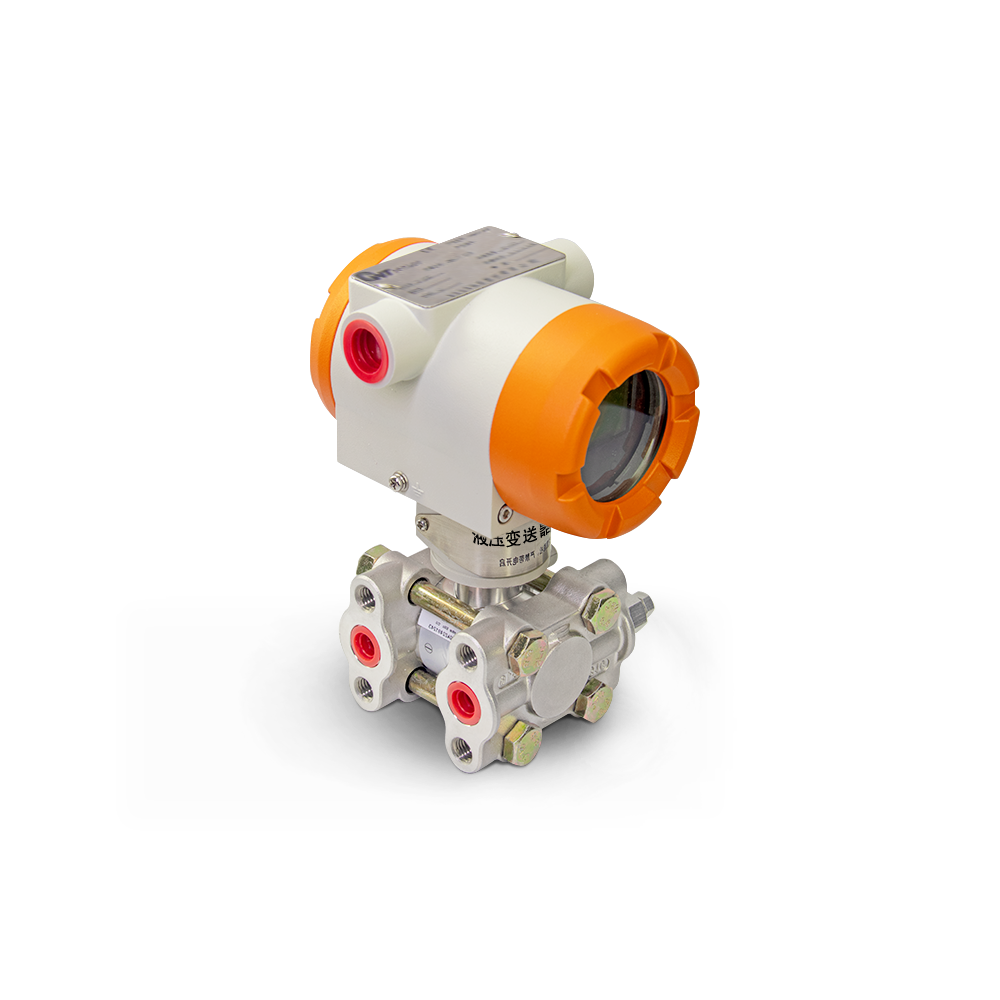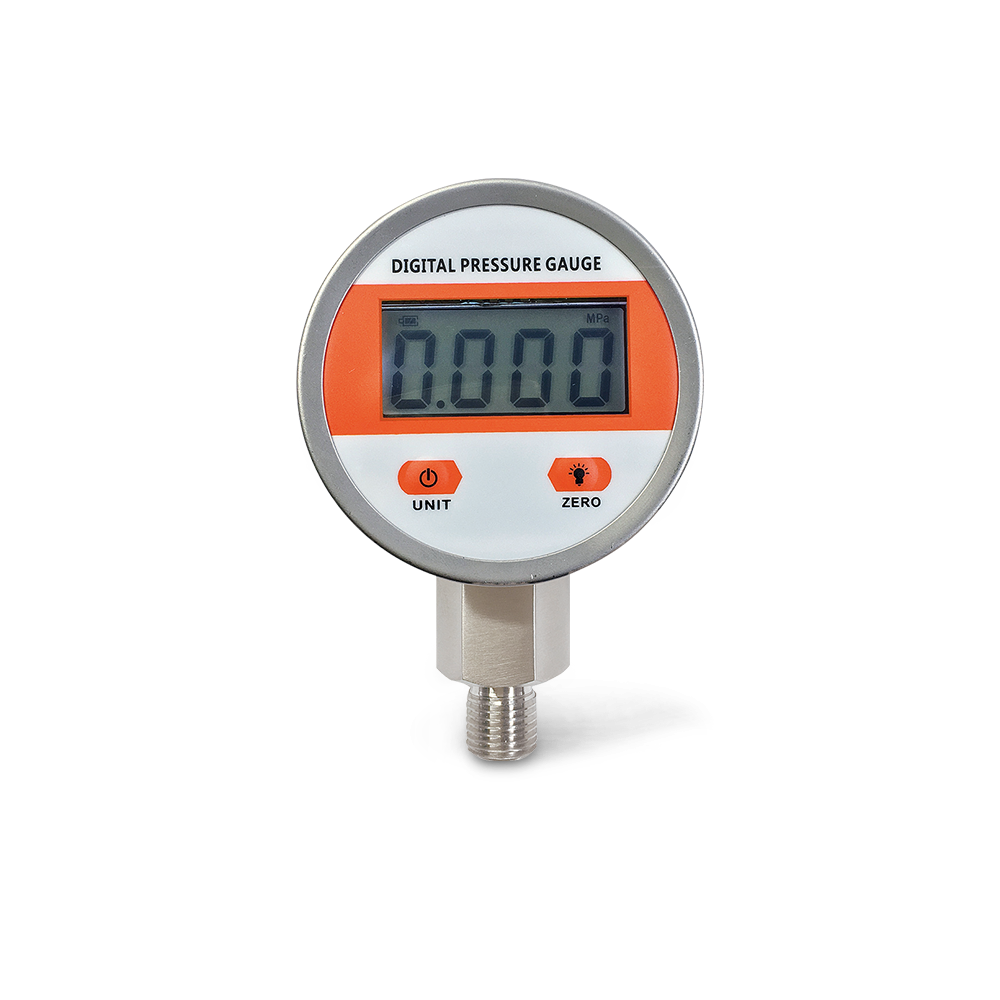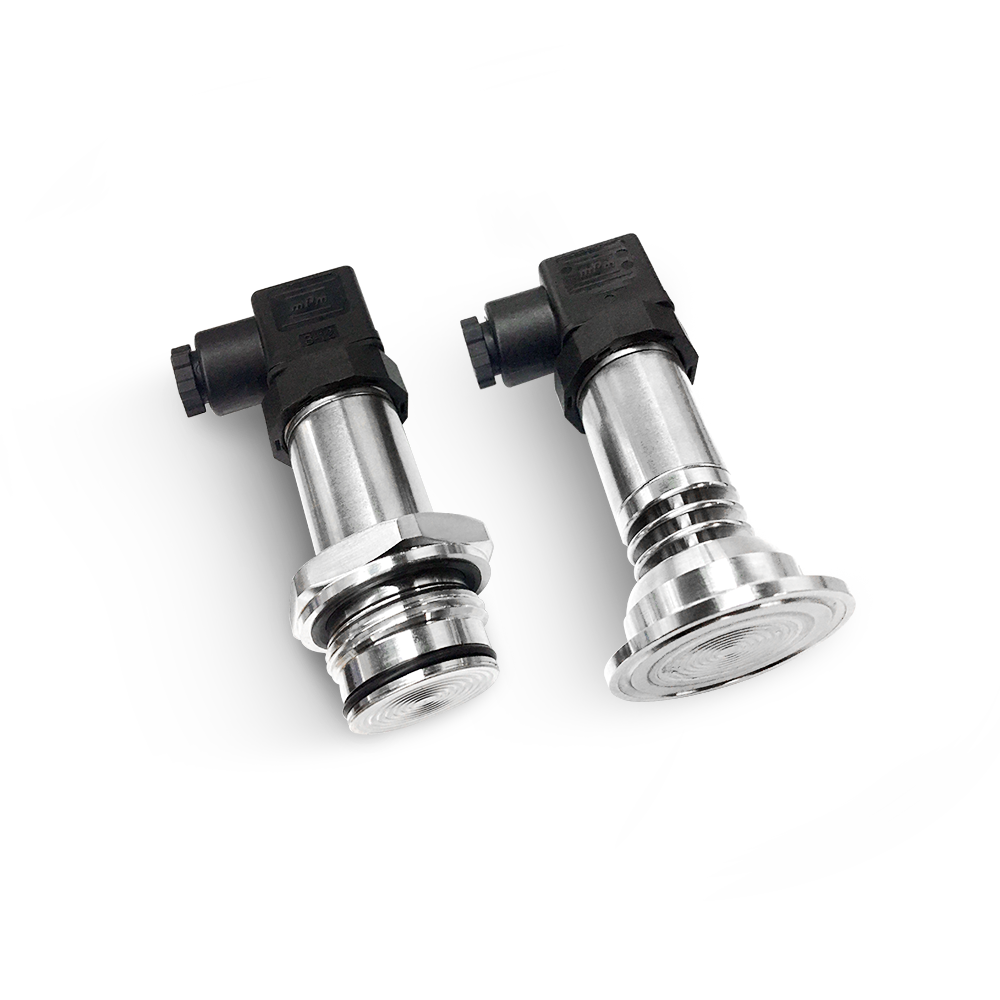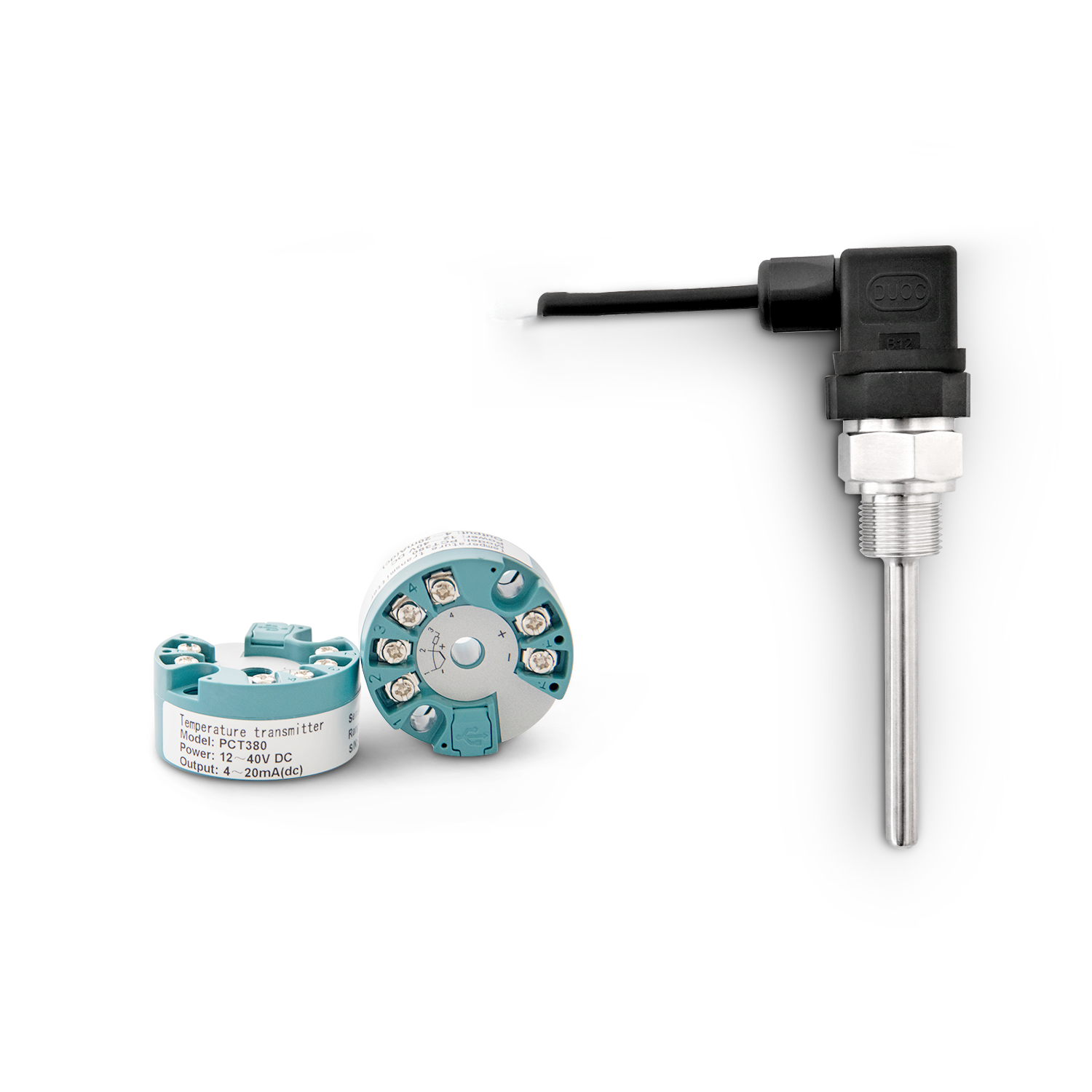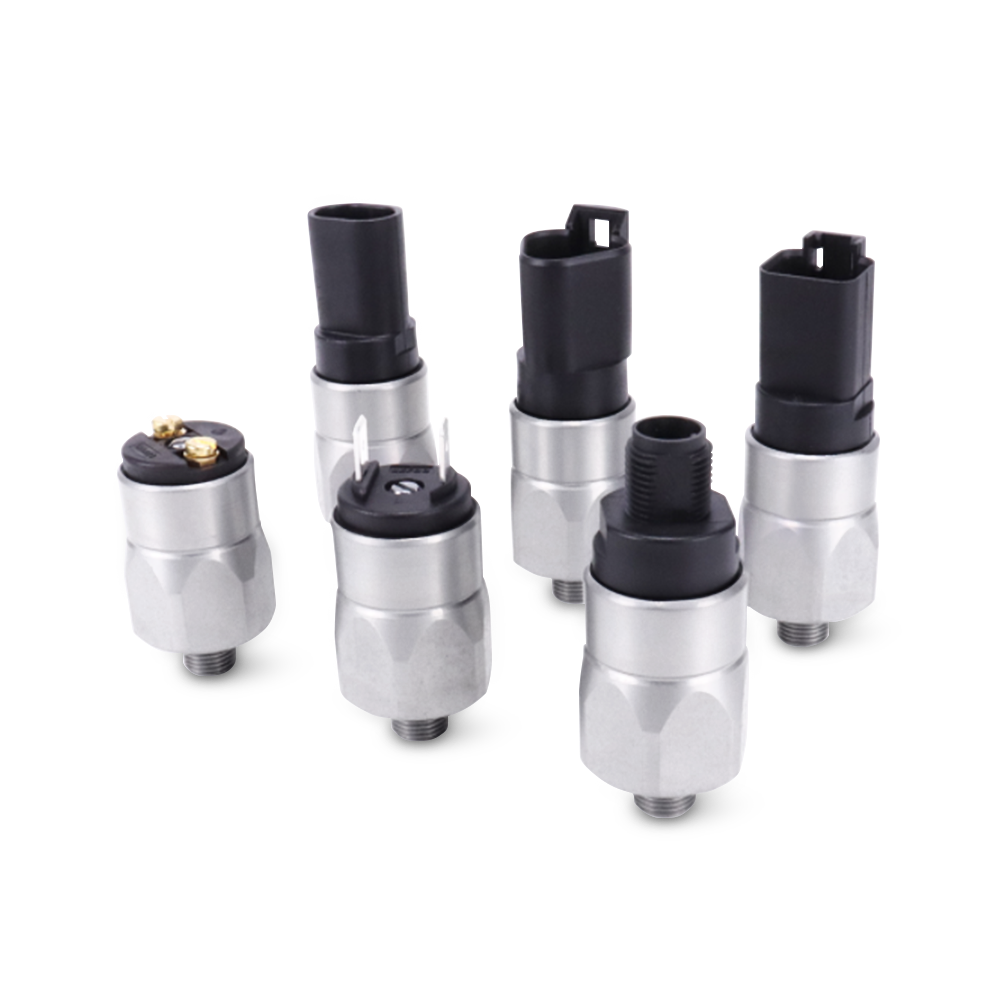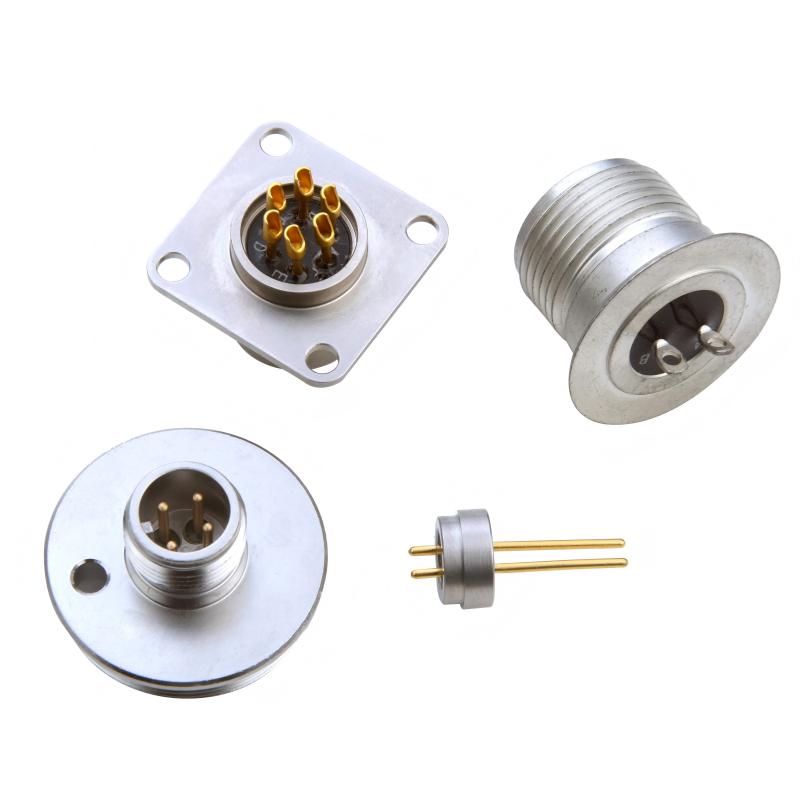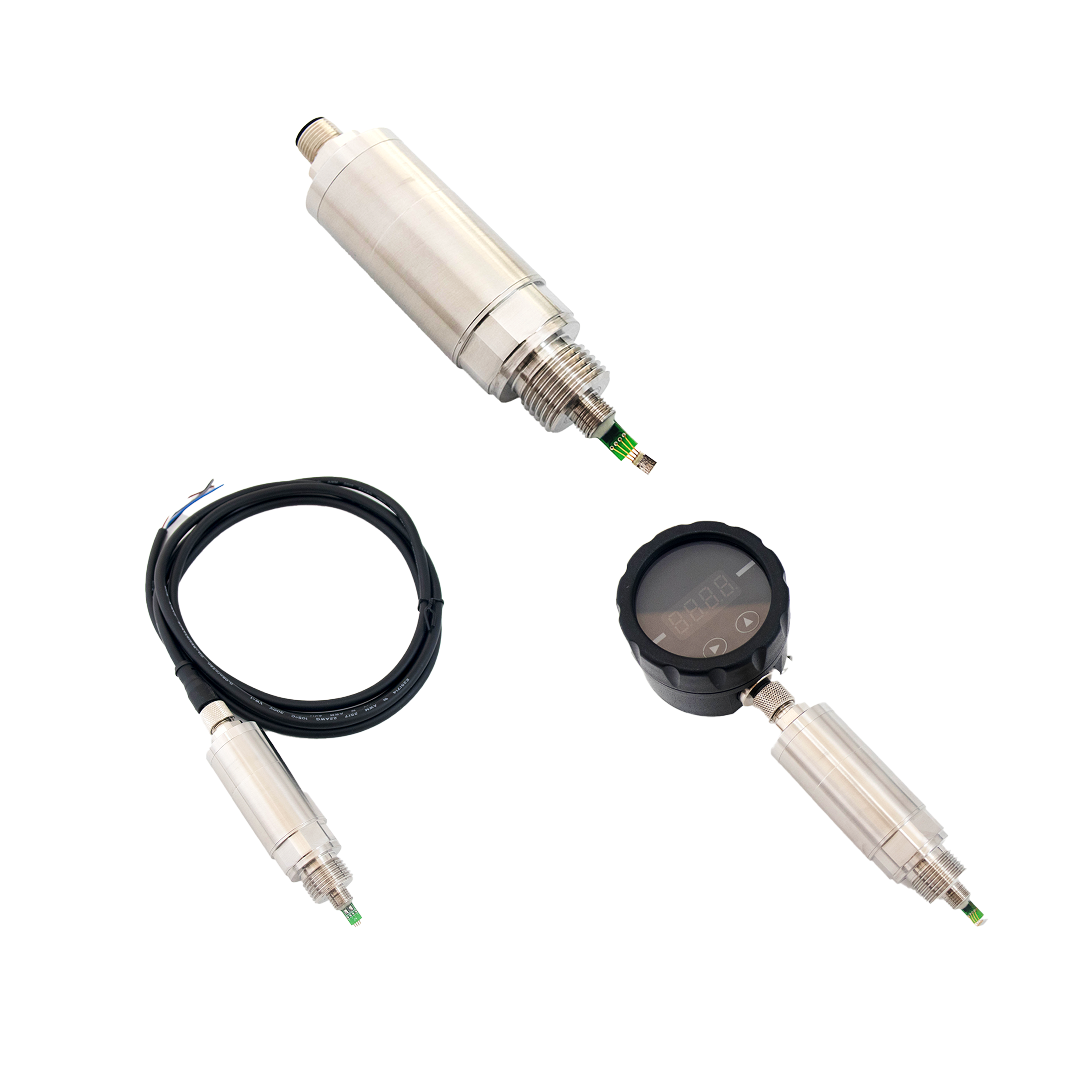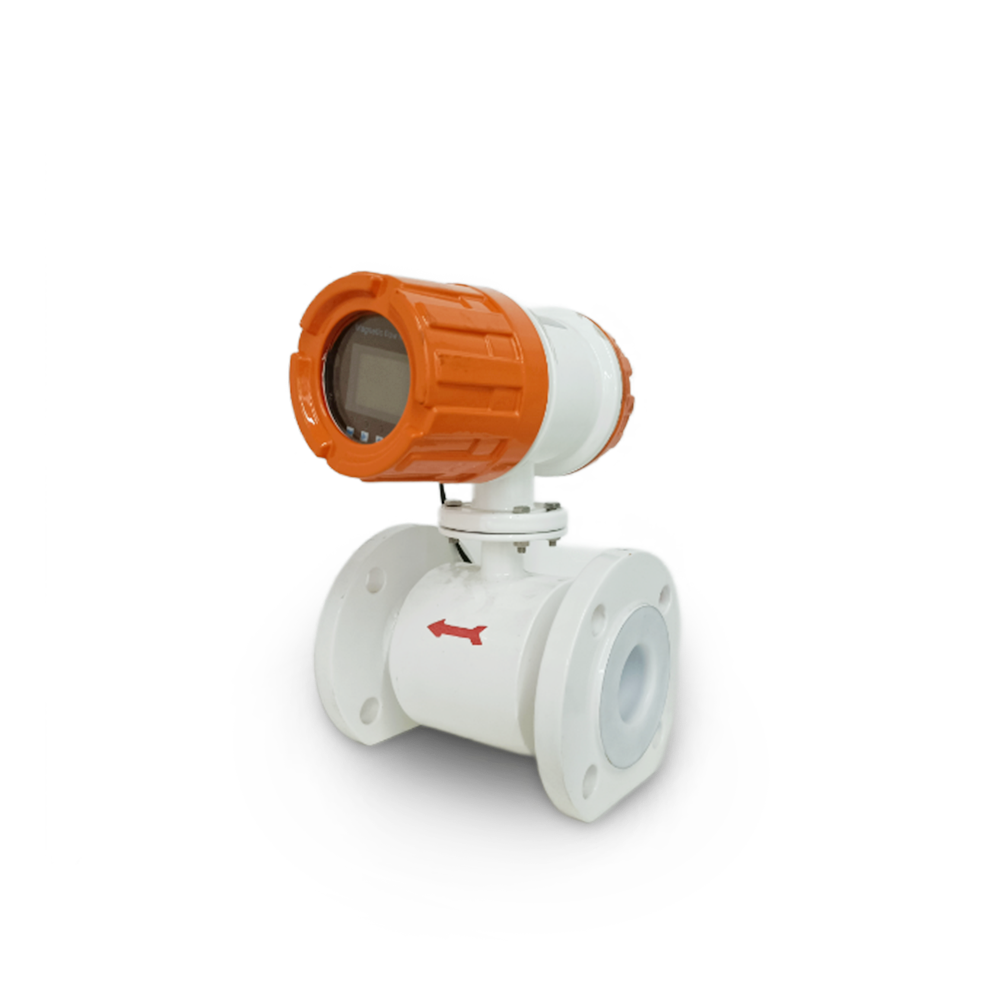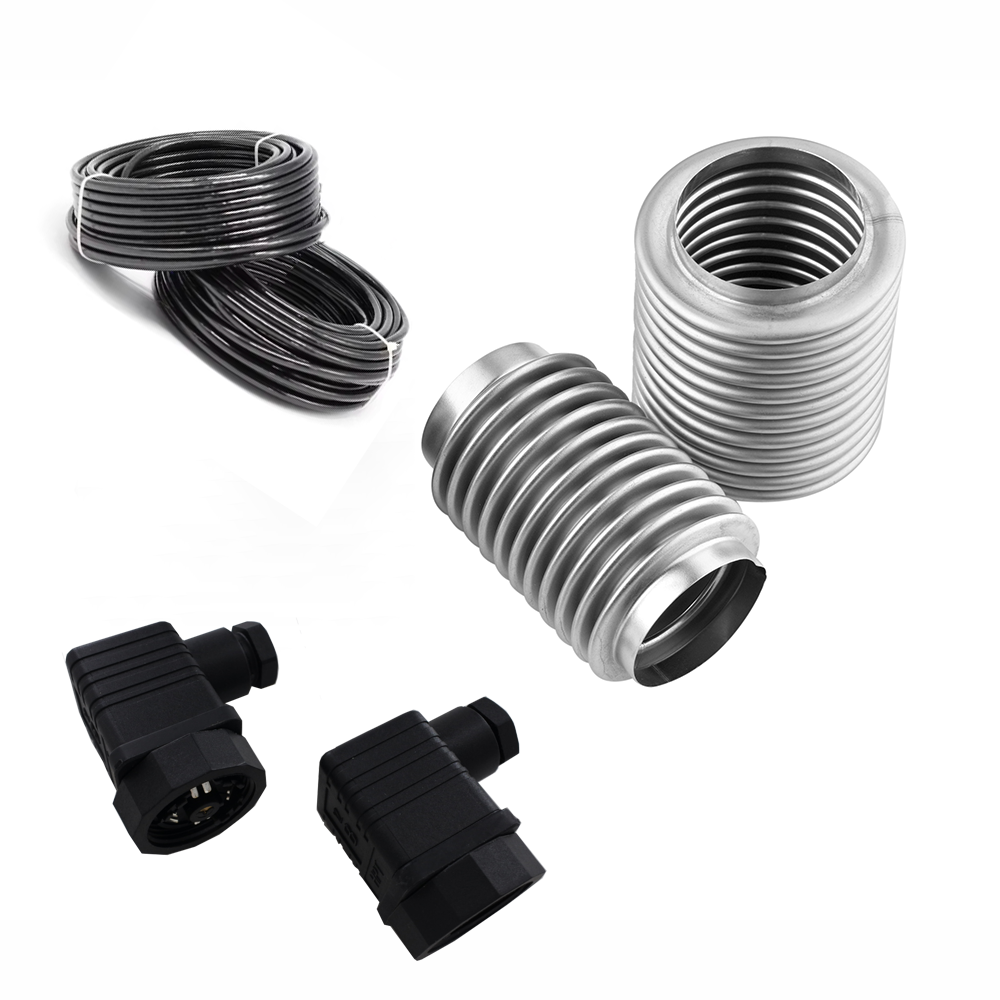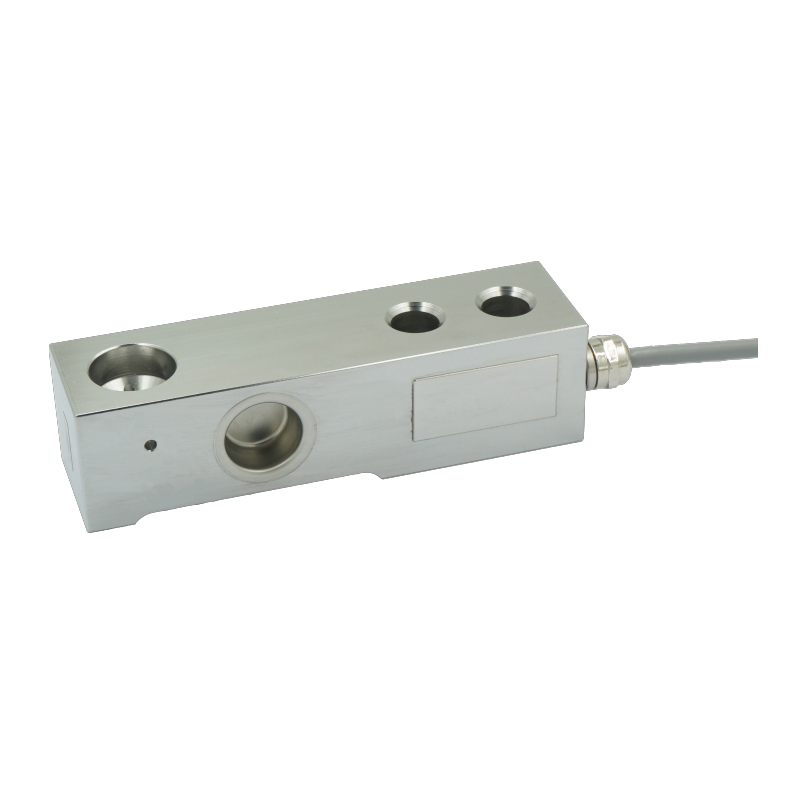How to Choose the Right Fuel Level Sensor
From: Issued date 2025.02.18 Back
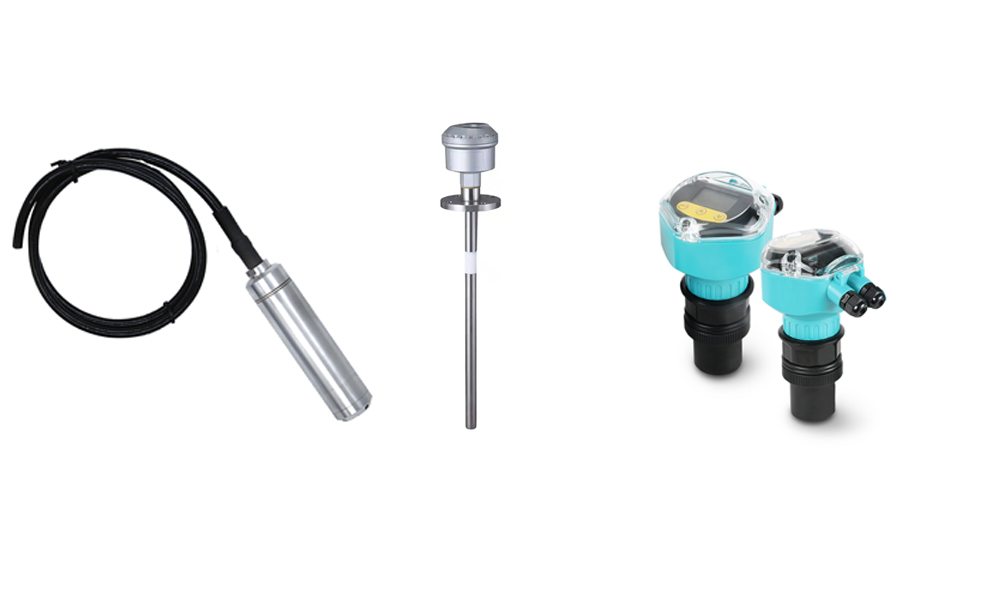
Fuel level sensors are crucial components used to measure and monitor the amount of fuel in various types of fuel tanks, ranging from those found in vehicles and ships to static heavy equipment like generators and fuel station tanks. These sensors provide essential data that allows operators to track fuel consumption, manage fuel inventory, and ensure safe operation of machinery and vehicles. Selecting the appropriate fuel level sensor is critical for ensuring accurate measurements and efficient fuel management, especially considering the unique requirements of different applications, operating environments, and tank designs.
In order to choose the most suitable fuel level sensor, several factors must be considered, including the type of industrial equipment, the working conditions, the tank size, the fuel type, the required accuracy, and the sensor's compatibility with the monitoring system. The primary goal is to ensure the sensor delivers precise, reliable readings under the given conditions, minimizing the risk of fuel wastage and optimizing performance.
Specific Applications of Fuel Level Sensors
Fuel level sensors are used across a variety of industries, with applications extending to the following:
Automotive and Vehicle Industry: Fuel sensors are used in cars, trucks, buses, and locomotives to monitor fuel consumption and ensure accurate readings for vehicle operators. These sensors are integrated into the vehicle’s fuel system, typically within the fuel tank, to provide real-time data on the fuel level.
Maritime and Shipping: Fuel level sensors are critical in ships, boats, and other maritime vessels to monitor fuel levels in fuel tanks. These sensors are designed to work in the challenging environment of maritime operations, where movement, corrosion, and saltwater exposure may occur.
Heavy Equipment and Industrial Machines: Fuel level sensors are used in static heavy machinery, such as generators, construction equipment, and mining machinery, to monitor fuel levels and optimize refueling operations. Accurate fuel level data is crucial for reducing downtime and ensuring smooth operation in these high-demand industries.
Fuel Stations and Storage Tanks: Fuel level sensors are also used in fuel stations and large storage tanks to monitor and manage fuel inventory. These sensors help to ensure that fuel tanks do not run dry and assist in supply chain management by providing accurate data for refueling schedules.
Agricultural and Forestry Equipment: In large agricultural and forestry machinery, which often operates in remote locations, fuel level sensors help ensure operators have a clear understanding of fuel availability, reducing the risk of running out of fuel mid-operation.
Working Conditions and Considerations
Fuel level sensors must be chosen with the working conditions in mind. Factors such as the type of fuel (diesel, gasoline, biodiesel, etc.), temperature ranges, environmental conditions, and tank geometry all influence the sensor's performance.
Temperature and Pressure: Many industrial applications require fuel sensors that can withstand extreme temperatures and pressures. For example, sensors used in ships or off-road vehicles need to operate reliably in harsh conditions, including fluctuating temperatures and varying atmospheric pressures.
Chemical Compatibility: Some industrial tanks may contain fuels or chemicals that are corrosive or reactive. In these cases, it is crucial to select a fuel level sensor made from materials that are chemically resistant to the substances in the tank.
Physical Environment: Sensors used in outdoor equipment or mobile machinery must be designed to resist environmental factors like moisture, dust, vibrations, and shocks. For instance, capacitive or submersible sensors are ideal for environments where the sensor might be submerged in liquid or exposed to rough terrain.
Tank Shape and Size: The shape and size of the tank can also determine the type of sensor to choose. For example, tanks with irregular or odd shapes may require more specialized sensor types, such as ultrasonic sensors, to ensure accurate readings.
Types of Fuel Level Sensors
There are three main types of fuel level sensors: submersible, capacitive, and ultrasonic. Each type has its advantages and disadvantages, depending on the application and working conditions.
1. Submersible Level Sensors
Submersible fuel level sensors are designed to be immersed in the fuel tank, where they measure the fuel level by detecting the pressure exerted by the liquid. These sensors are ideal for larger fuel tanks in vehicles, ships, or stationary machinery.
Advantages:
Wide measurement range (up to 50 meters).
High accuracy and reliability.
Not affected by vapors or other environmental obstacles.
Simple installation and cost-effective.
Durable and long-lasting, with minimal maintenance.
Disadvantages:
May be unsuitable for smaller tanks with less than 1-meter depth.
Can be affected by temperature fluctuations and pressure changes.
Requires a power supply for operation.
2. Capacitive Fuel Level Sensors
Capacitive fuel level sensors use a capacitor to measure the fuel level by detecting the dielectric properties of the liquid. These sensors are highly accurate and are typically used in smaller fuel tanks or equipment with limited space.
Advantages:
High accuracy, with excellent resolution.
No moving parts, which reduces wear and tear.
Can detect dense targets and liquids, including fuels with varying viscosities.
Resistant to turbulence and offers stable readings in dynamic conditions.
Reliable and low maintenance due to their simple, non-contact nature.
Disadvantages:
Limited range, typically used for tanks up to 3 meters deep.
May require calibration for different fuel types or environmental conditions.
More expensive than mechanical sensors.
3. Ultrasonic Fuel Level Sensors
Ultrasonic fuel level sensors use sound waves to detect the fuel level by measuring the time it takes for sound waves to travel to the surface of the liquid and back. These sensors are non-contact, making them ideal for applications where the sensor should not come into direct contact with the fuel.
Advantages:
Easy to install and maintain.
High precision and resolution.
Works well for a wide range of liquid types and fuel densities.
No contact with the fuel, so there is no risk of contamination or corrosion.
Simple, cost-effective, and suitable for various tank shapes and sizes.
Disadvantages:
Limited range compared to submersible sensors.
Sensitivity may be affected by foam or surface turbulence.
Requires clear access to the fuel surface to ensure proper functioning.
Comparison of the Three Sensor Types
| Sensor Type | Range | Advantages | Disadvantages |
|---|---|---|---|
| Submersible | 0-50 meters | High accuracy, reliable, unaffected by vapors, cost-effective, durable | May be unsuitable for small tanks, affected by temperature/pressure changes |
| Capacitive | 0-3 meters | High accuracy, no moving parts, detects dense liquids, stable in turbulent conditions | Limited range, expensive, may require calibration for different fuels |
| Ultrasonic | 0-5 meters | Easy installation, high precision, non-contact, no maintenance | Affected by foam/turbulence, requires clear fuel surface access |
Choosing the right fuel level sensor depends on a variety of factors including tank size, operating environment, and the type of fuel used. Submersible sensors are ideal for larger tanks and harsh conditions, capacitive sensors offer precision and durability without moving parts, and ultrasonic sensors provide a non-contact solution that is easy to install and maintain. By evaluating the specific application and requirements, industries can select the most suitable sensor to ensure accurate and reliable fuel level monitoring for efficient operations.

